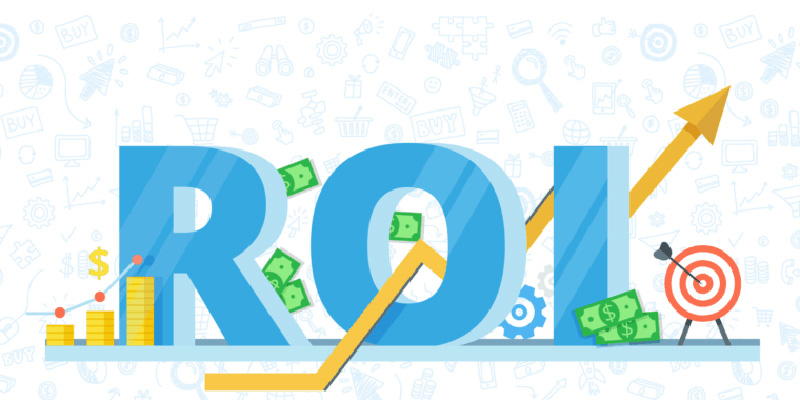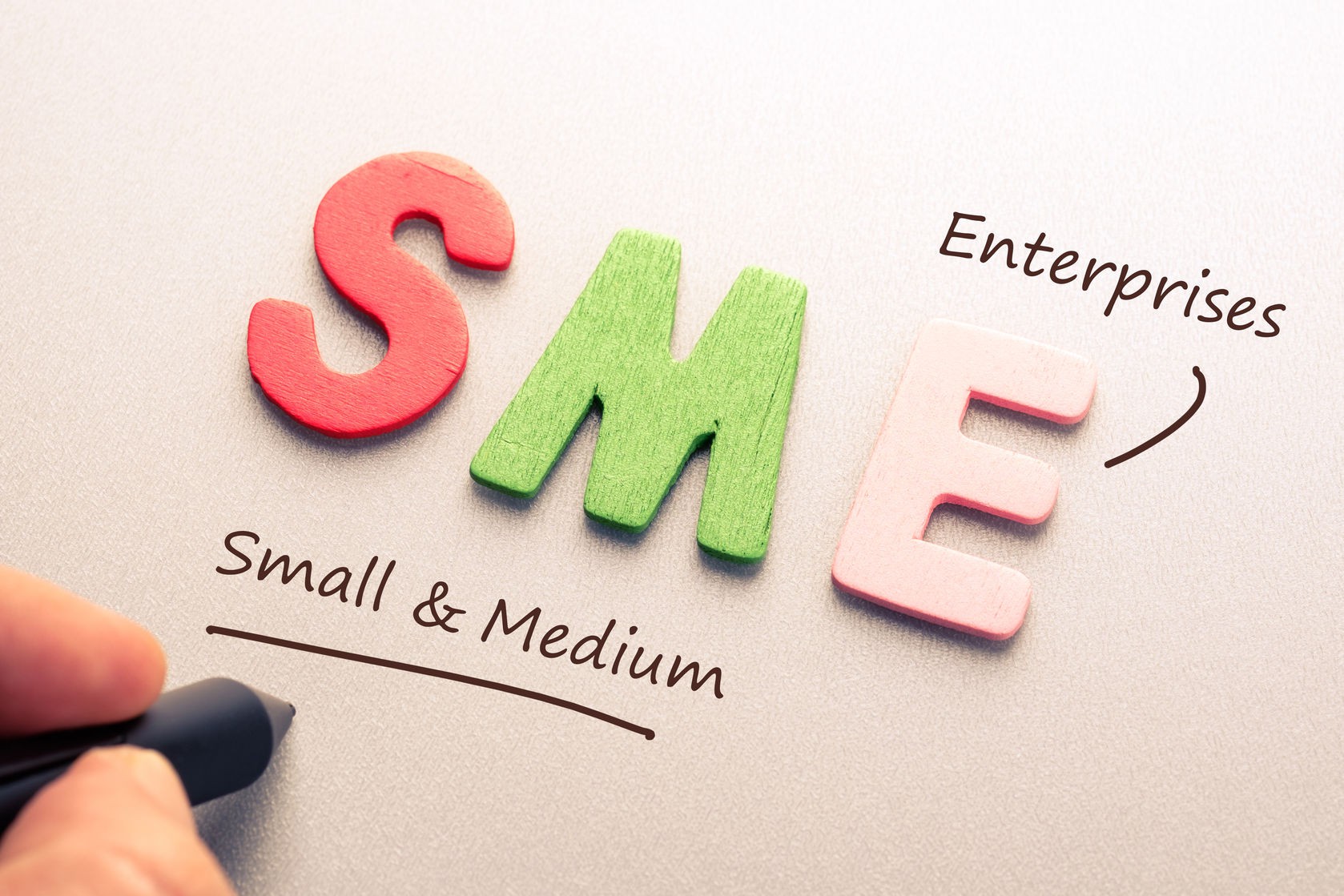
Global business is moving towards a low-carbon, sustainable economy. However, for small and medium-sized enterprises (SMEs), the transition to a decarbonized world can seem overwhelming. The cost of decarbonization might appear too high, and the benefits could seem distant. Nevertheless, many costs linked to decarbonizing a business can be balanced out by the positive economic impacts of energy savings, enhanced brand reputation, and compliance with investor expectations and regulations, which also help mitigate risks.
This blog will explore why SMEs should prioritize decarbonization, the advantages and challenges of the process, and how to assess your return on investment (ROI).
Why Decarbonization Matters for Small to Medium-Sized Enterprises
Decarbonization is essential for small- to medium-sized enterprises (SMEs) for several reasons. First, global efforts to tackle climate change are becoming increasingly pressing. The Paris Accord exemplifies this, as 196 nations committed to limiting global warming to well below 2°C, preferably aiming for just 1.5°C above pre-industrial levels.
In addition, the G20 nations, representing the world’s largest economies, are actively promoting sustainable development. Their emphasis on decarbonization reflects the urgent need to stabilize both economic and environmental conditions worldwide. Together, these global initiatives and numerous climate disclosure regulations forge a strong commitment to transitioning toward a more sustainable future.
While it might seem that large corporations bear the primary burden of climate regulations, it’s important to recognize that SMEs collectively contribute to a substantial portion of greenhouse gas emissions. In the EU, for instance, SMEs account for 63.3% of enterprise emissions. Therefore, reducing emissions within this segment is vital for achieving meaningful climate change mitigation.
Moreover, pursuing decarbonization can be economically advantageous for SMEs. They can capitalize on various economic benefits and tax incentives, such as those provided by the Inflation Reduction Act (IRA). Decarbonizing allows SMEs to enhance their appeal to supply chain partners, achieve significant operational efficiencies, and enjoy additional advantages.

Economic Benefits of Decarbonization for SMEs
The economic advantages of decarbonization for SMEs can be categorized into three main areas: market positioning, energy efficiency, and regulatory compliance/risk management. Grasping these benefits is crucial for determining the investments and resources necessary for initiating and advancing your company’s decarbonization journey.
1. Operational Efficiencies
The Environmental Protection Agency (EPA) states that “energy efficiency is the fastest, least expensive, and largest single solution for simultaneously saving energy and money.” SMEs can realize immediate economic benefits through behavioral changes, switching to energy-efficient products, and incorporating clean energy solutions.
Engaging employees in energy-saving practices can lead to reduced energy consumption with minimal investment. For instance, installing low-cost energy-efficient products like LED bulbs can save between $10 and $20 annually while producing less than half the emissions of conventional bulbs. In a building with hundreds of fixtures, such savings quickly accumulate.
Further enhancements, such as improving insulation and upgrading HVAC systems, can lead to both emissions reductions and financial returns. Notably, investing in insulation updates can have a payback period of less than eight years.
Additionally, SMEs can explore renewable energy options by investing in solar installations and battery systems for their facilities. While the payback period for solar installations can vary greatly depending on location and other factors, the average is about 9.89 years. After reaching this breakeven point, the savings on energy bills can significantly boost a company’s profits for the remainder of the solar panels’ lifespan of around 25 years. The IRA offers compelling tax incentives to assist small businesses with these transitions, including a 30% tax credit for adopting low-cost solar power and credits for energy efficiency improvements.
2. Regulatory Compliance
As global climate policies advance, SMEs will feel their impacts more profoundly. This influence may arise directly, such as through compliance requirements outlined in the EU’s Corporate Sustainability Reporting Directive (CSRD), which mandates that SMEs with over 250 employees disclose detailed climate data.
Alternatively, larger businesses may require emissions data from their suppliers to meet their compliance objectives. Consequently, SMEs must align with these climate regulations. For example, under the UK’s climate disclosure regulation, medium-sized companies face potential fines ranging from £2,500 to £50,000 for non-compliance.
Proactively pursuing decarbonization strategies not only positions SMEs favorably with enterprise clients and investors but also enhances their appeal in supply chains committed to carbon reduction. Companies like Microsoft have begun requiring their suppliers to report emissions as part of their supplier code of conduct.
While quantifying the financial repercussions of a damaged reputation due to non-compliance is challenging, studies indicate that reputational losses could vastly exceed the costs associated with regulatory fines. For instance, a Grant Thornton study found that while average fines accounted for only 0.045% of a company’s market capitalization, the average reputational loss could reach 5.49%.
3. Market Advantage
The market advantages gained from decarbonization represent a more elusive economic benefit that can be difficult to quantify precisely. However, these factors are crucial when assessing the total value of a decarbonization effort.
Consumer behavior increasingly favors low-carbon and sustainable products. Studies reveal that environmentally conscious products outperform their conventional counterparts by approximately 8%. Moreover, many consumers are open to paying a premium for sustainable offerings.
Although the economic benefits of decarbonization are clear for small to medium-sized enterprises, these advantages can vary significantly based on factors such as company size, energy consumption patterns, reliance on fossil fuels, and geographic location.
Factors Influencing the Cost of Decarbonization for Companies
Several key factors influence how cost-effective decarbonization is for SMEs and their potential return on investment (ROI). It’s essential to consider these elements when developing decarbonization strategies.
1. Initial Investment:
The upfront capital required for energy-efficient equipment, renewable energy systems, or process upgrades can be substantial. Typically, a higher initial investment may lead to a longer timeframe for achieving a positive ROI. However, it’s also crucial to account for sustainable tax incentives, such as those provided in the Inflation Reduction Act, which can offset some of these costs.
2. Type of Company:
The sector in which your company operates significantly impacts the cost of decarbonization. For instance, carbon-intensive industries like oil and gas may face higher costs and a more complex path to achieving a positive ROI. In contrast, SMEs in the service or retail sectors might find that decarbonization not only reduces energy expenses but also enhances their market position, leading to a quicker ROI.
3. Company Size:
The size of your company, in terms of revenue and employee count, directly correlates with its energy consumption and resource use. This relationship affects the potential savings that can be realized through decarbonization efforts. Additionally, company size influences the reporting requirements that may affect your operations.
4. Company Jurisdiction:
The cost of decarbonization is also influenced by factors such as energy prices, energy market volatility, and the availability of government incentives, grants, or tax credits. These elements can significantly affect both the overall cost of decarbonization and the potential for cost reductions.
Conducting a thorough assessment that takes these factors into account is vital for accurately determining the cost of decarbonization and potential savings from various options.

How to Measure the Cost of Decarbonization and ROI
Despite the various factors affecting a company’s cost of decarbonization and ROI, you can follow six essential steps to estimate these costs and the timeframe for recouping investments.
1. Measure Emissions:
Start by conducting an initial carbon audit, followed by ongoing assessments to measure emissions across your operations, products, facilities, and suppliers. This process helps pinpoint where emissions are concentrated and inform the development of effective strategies for subsequent steps.
2. Identify Decarbonization Measures:
After identifying emissions hotspots, explore potential decarbonization measures that can be prioritized based on effectiveness. This could include implementing energy-efficient technologies, starting with simple solutions like LED light bulbs, investing in renewable energy, retrofitting existing equipment, and encouraging employee engagement.
3. Assess Initial Investment Costs:
Evaluate the upfront costs associated with each decarbonization measure, including equipment purchases, installation expenses, and professional fees. Additionally, research available tax credits or subsidies in your area and obtain quotes from suppliers or contractors to gain an accurate estimate of initial investment costs.
4. Calculate Ongoing Savings and Potential New Business:
Estimate the expected energy and operational savings from your decarbonization measures. Consider factors such as reduced energy consumption, lower utility bills, improved operational efficiencies, and potential savings from regulatory compliance. Also, factor in any new business opportunities that may arise from offering low-carbon products or services.
5. Determine the Payback Period:
Calculate the payback period for each decarbonization measure, representing the time it takes for cumulative savings to equal or exceed the initial investment cost. Divide the initial investment by the estimated annual savings to ascertain how long it will take to recoup the investment.
6. Evaluate ROI:
Once you have established the payback period, assess the ROI for each decarbonization measure. To calculate ROI, subtract the initial investment cost from the cumulative savings over a specified timeframe, divide the result by the initial investment cost, and multiply by 100 to express it as a percentage. Comparing the ROI of different measures will enable you to make more informed decisions regarding future decarbonization investments.
Conclusion
Decarbonization is crucial for SMEs as global climate change efforts intensify. By reducing emissions and embracing sustainable practices, SMEs can not only contribute to meaningful climate change mitigation but also enjoy economic advantages. Operational efficiencies through energy-saving practices and investments in renewable energy can lead to immediate cost savings. Regulatory compliance enhances reputation and increases opportunities in supply chains committed to carbon reduction.
Moreover, market advantages arise from consumer preferences for low-carbon products. Considering factors such as company size, sector, jurisdiction, and initial investment is essential when evaluating the cost of decarbonization and potential ROI. Following a systematic approach can help SMEs measure costs accurately and make informed decisions about their decarbonization journey.


